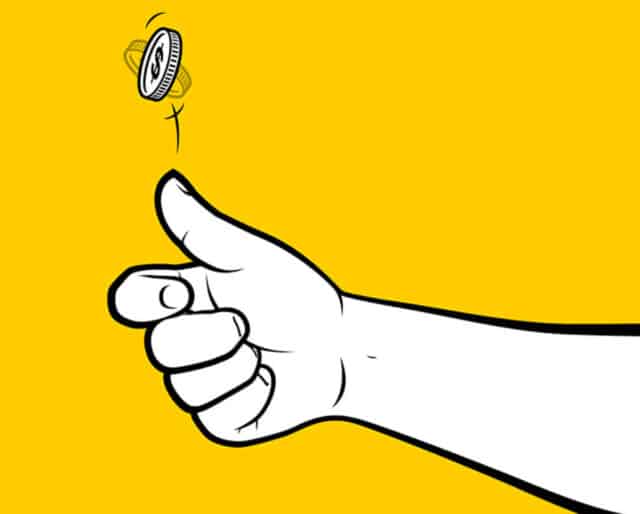
The Importance of the Cricket Coin Toss
When it comes to cricket, the coin toss is a crucial part of the cricket that can set the tone for the entire match. This simple act decides which team will bat first and which team will bowl first. The team that wins the toss gets to choose their preferred starting position, which can significantly impact the game’s outcome.
Types of Coin Tosses in Cricket
In cricket, there are two main types of coin tosses:
- Pre-Match Coin Toss: This toss happens before the match begins and determines which team will bat or bowl first.
- Mid-Match Coin Toss: Used in some formats like Test cricket, this toss decides which team will bat or bowl first in the second innings.
Cricket Toss Rules
The coin toss is a straightforward process involving the captains of both teams. Here’s how it works:
- The two captains meet on the field.
- One captain flips the coin while the other calls “heads” or “tails.”
- The side that lands facing up determines the winner of the toss.
- The winning captain then decides whether to bat or bowl first.
Key Factors in Deciding to Bat or Bowl First
There are several important factors a captain considers when deciding whether to bat or bowl first:
1. Weather Conditions
- Sunny Day: The team may choose to bowl first so that the batsmen on the opposing team have to deal with the sun in their eyes.
- Cloudy Day: The team may prefer to bat first, making the bowlers face challenging visibility conditions.
- Wind, Humidity, Dew: Briefly explain how these elements can influence the toss decision (e.g., moisture can assist swing bowling later).
2. Pitch Conditions
- Pitch Conditions: Analyze how factors like grass cover, cracks, and moisture affect the difficulty of batting or bowling at different stages of the match.
- Dry Pitch: Bowling first might be preferred as the pitch is dry. It might be easier to bat on later in the game.
- Wet Pitch: If the pitch is wet, it could favour bowlers initially, so the team might choose to bat first to avoid difficult batting conditions later.
3. Opposition Strength
- Strong Batting Team: If the opposition has a strong batting lineup, the team might choose to bowl first to try and take early wickets.
- Strong Bowling Team: If the opposition excels in bowling, the team might opt to bat first to set a challenging target before the bowlers get into their rhythm.
Batting First vs. Bowling First: Weighing the Pros and Cons
The decision to bat or bowl first has its pros and cons, and it heavily depends on the match situation. Here are some considerations:
- Batting First: Allows setting a target for the opponent and putting pressure on them. However, it can be risky if the pitch conditions worsen over time.
- Bowling First: Can be advantageous if the pitch conditions improve later in the game, making it easier to bat in the second innings.
Conclusion
In conclusion, the coin toss in cricket is much more than a formality. It’s a strategic decision that can influence the entire match. Captains must consider the weather, pitch conditions, and the opposition’s strengths and weaknesses when making their choice.
What do you think are the most critical factors in a cricket toss decision? Share your thoughts in the comment section!
Great breakdown of the importance of the cricket toss! For more exciting updates and insights on cricket, including IPL news, check out IPL 2025. It’s your go-to source for everything cricket!”
Lsg vs csk ya paiki kon toss win karel mg
Do you have any guess?
Toss priditican
I have seen Toss since my childhood.I observe Indian way of tossing is entirely different in International Matches.In recent International Matches toss is vertical.could you help me with testerdaya toss video.